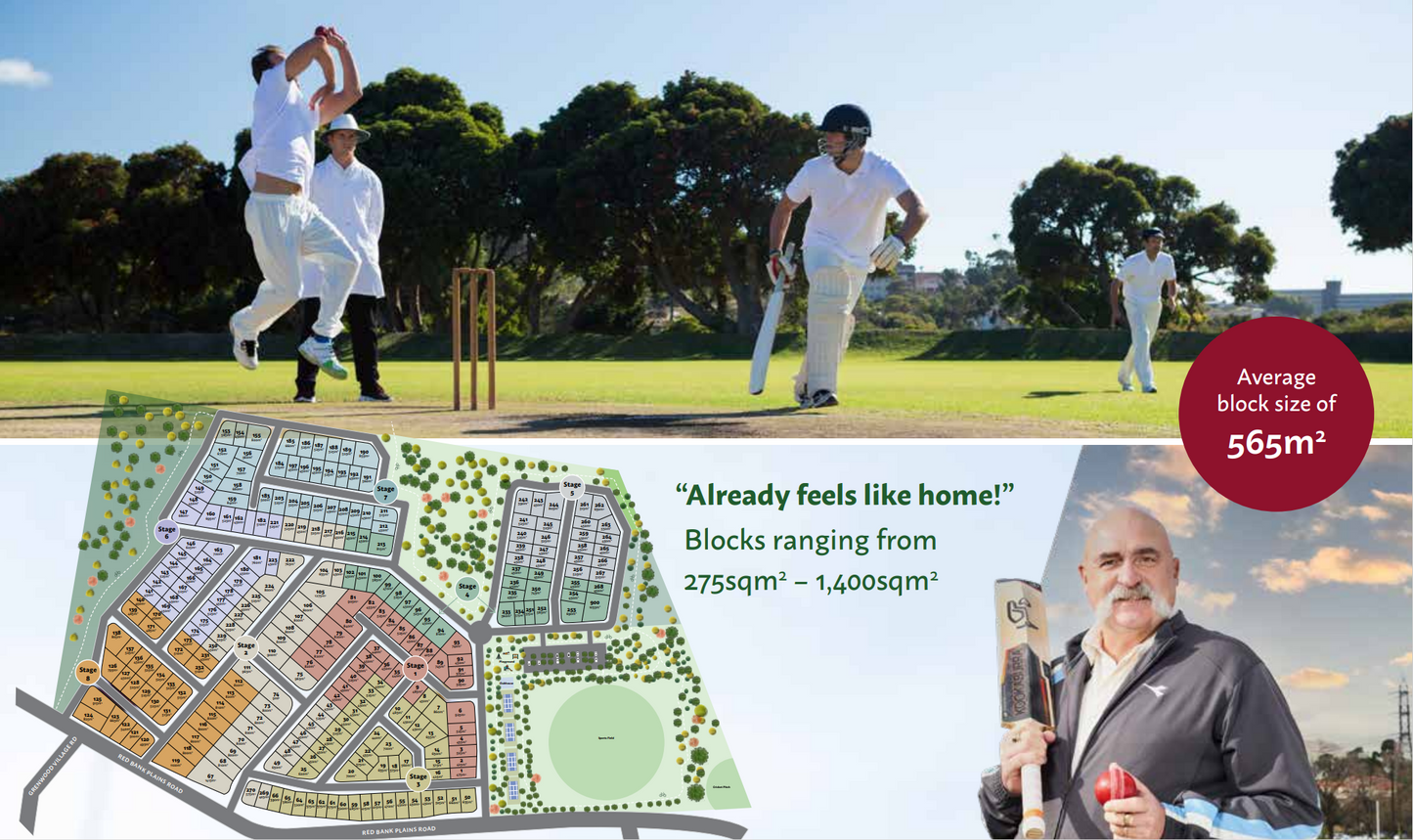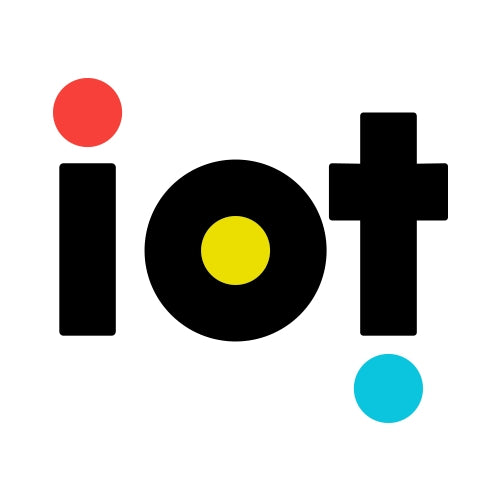Smart Homes
Smart Homes in Queensland:
Affordable House and Land Packages with Advanced Technology
Looking for affordable house and land packages in Queensland that feature the latest in smart home technology? At IoT, we build smart homes with cutting-edge features, offering them at the cost of traditional house and land packages. Experience high-speed connectivity, enhanced security, and ultimate convenience all at a price you can afford.
Why Choose Our Smart Homes in Queensland?
- Smart Homes at Traditional Prices: Our house and land packages offer the best of both worlds—modern smart home technology at the same price as traditional homes. Get more value for your investment with a home designed for the future.
- Powered by Telstra: As a trusted Telstra provider, our smart homes come with reliable, high-speed internet connectivity. Whether you’re streaming, working from home, or managing smart devices, Telstra’s robust network ensures your home stays connected.
- Advanced Smart Home Features: Our homes include intelligent sensors and smart devices that adapt to your lifestyle, providing comfort, efficiency, and convenience.
- Simple, User-Friendly Systems: Control your smart home effortlessly with our intuitive mobile apps and web interfaces. We make smart living accessible to everyone, regardless of technical expertise.
- Enhanced Security: We prioritize your safety with top-of-the-line security measures that protect both your home and personal data, ensuring peace of mind in a connected world.
- AI-Powered Insights: Our smart homes leverage artificial intelligence to provide insights that help you optimize energy use, enhance security, and improve overall efficiency, making everyday living easier and more sustainable.
Your Smart Choice for House and Land Packages in Queensland
IoT is dedicated to delivering the future of smart home technology to Queensland, all while keeping costs competitive with traditional homes. With the reliability of Telstra, our homes offer seamless connectivity and exceptional value. Whether you’re looking for a new home in Brisbane, the Gold Coast, or anywhere in Queensland, our house and land packages are the smart, affordable choice.
Explore our house and land packages today and discover how IoT, powered by Telstra, can help you create the smart home of your dreams—at a price that makes sense.
IoT
Redbank Plains, Century Estate, QLD 4301

IoT
Cradle Crescent, Banya QLD Stockland Aura Sunshine Coast

IoT
Wagtail Crescent, Gympie, QLD, 4570

IoT
Pelican Court, Beachmere QLD 4510, Australia


IoT
Affinity Estate, Morayfield South, QLD, 4506

IoT
Highpoint Estate - Highpoint Place, Little Mountain, QLD 4551







